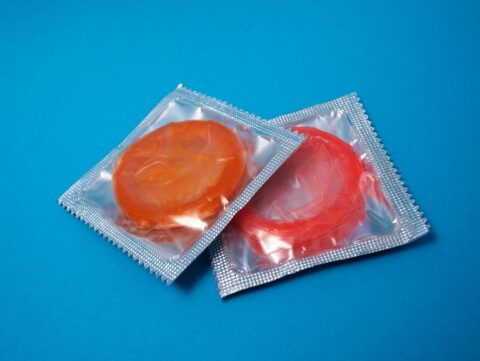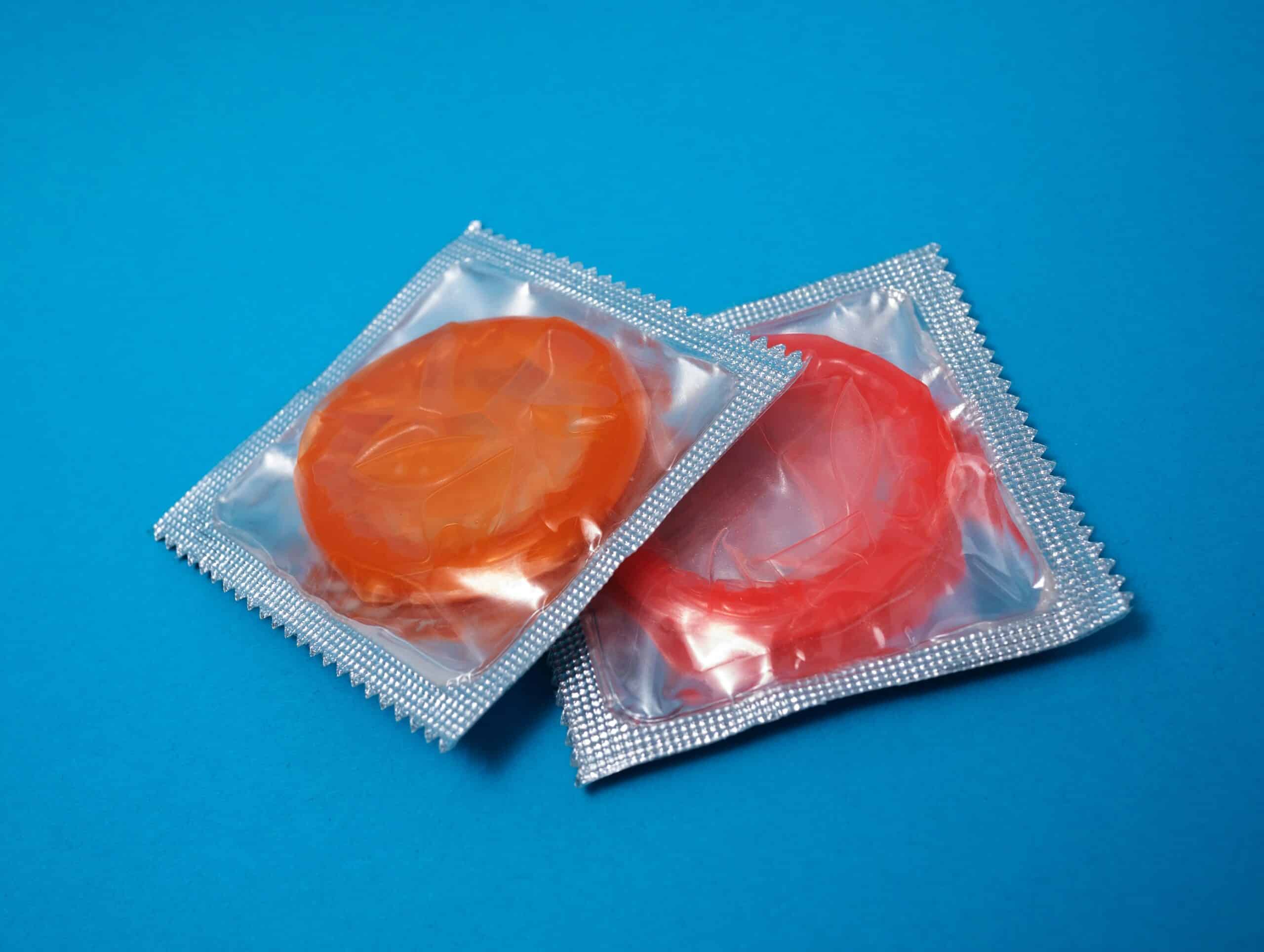PrEP medication for HIV, also known as pre-exposure prophylaxis, reduces the risk of contracting HIV from sex or even injection drug use.
Unprotected sex increases the risk of contracting HIV, the virus that causes AIDS.
For decades the latex condom was the most popular way to prevent infection with HIV as the result of sexual activity.
Now in an age where one can just take a pill, or get an injection, some may wonder “if I’m on PrEP should I still use condoms?”
Read more to learn why condoms are still relevant for sexual health.

What is PrEP medication for HIV?
PrEP, or pre-exposure prophylaxis, is an medication taken before exposure to prevent infection with HIV from sex or injection drug use. PrEP is recommended for people who are at higher risk of contacting HIV. You may want to take PrEP if:
- your partner is HIV positive
- you have multiple sexual partners
- you are an injection drug user
- you don’t want to use condoms
Oral PrEP can be dosed daily or intermittently based on the frequency of sexual activity. There is also an injectable PrEP injected every two months by a doctor or other health professional. Whichever type or PrEP one uses, the medication has to be taken correctly to work.

PrEP vs condoms– HIV prevention
If we are talking about preventing HIV infection, both condoms and PrEP are effective but PrEP is slightly better.
The risk of contacting HIV from one sexual exposure depends on the type of sexual activity. Anal receptive sex is the most risky at about 1% .
According to the Centers for Disease Control, PrEP reduces the risk of contacting HIV by sex by 99%.
Latex condoms, which are a physical barrier, are still an excellent choice but are slightly less effective than PrEP in preventing HIV.
According to the USAID website, with respect to the transmission of HIV, male condoms reduce the risk by 98.5% whereas the female condom reduces the risk by 94%.
Prep is more protective against HIV than condoms.
PrEP vs condoms–other issues
According to New York City dermatologist, Dr. Dina Strachan, “it’s not uncommon for the people I diagnose with syphilis to be on PrEP. They have a false sense of safety as they are only considering protection from HIV–but not other sexually transmitted infections.”
Although PrEP is the winner when it comes to preventing infection with the virus that causes AIDS, it loses to latex condoms with respect to protection against pregnancy and other sexually transmitted infections such as syphilis, gonorrhea, chlamydia and more.
In fact, Condoms are the only method of protection that can provide both STI (sexually transmitted infection) and pregnancy prevention.
Additionally, while PrEP is highly effective in preventing transmission of HIV, it is not 100% effective. PreP can fail if not taken as prescribed.
Condoms, also when used correctly, can provide an additional layer of protection and reduce the risk of HIV transmission and other STIs even further.
Another advantage of condoms is that they are easily accessible, affordable, and do not require a prescription.
Condoms can also be used by people who are not eligible for or cannot access PrEP, such as those with kidney issues or who are not at high risk of HIV but still want protection during sex.
Conclusion
Use Prep but don’t throw out the condom!
In summary, while PrEP is an effective tool for reducing the risk of HIV transmission, it does not provide protection against other sexually transmitted infections (STIs) or unintended pregnancy.
Condoms remain an important and valuable tool for overall sexual health.


